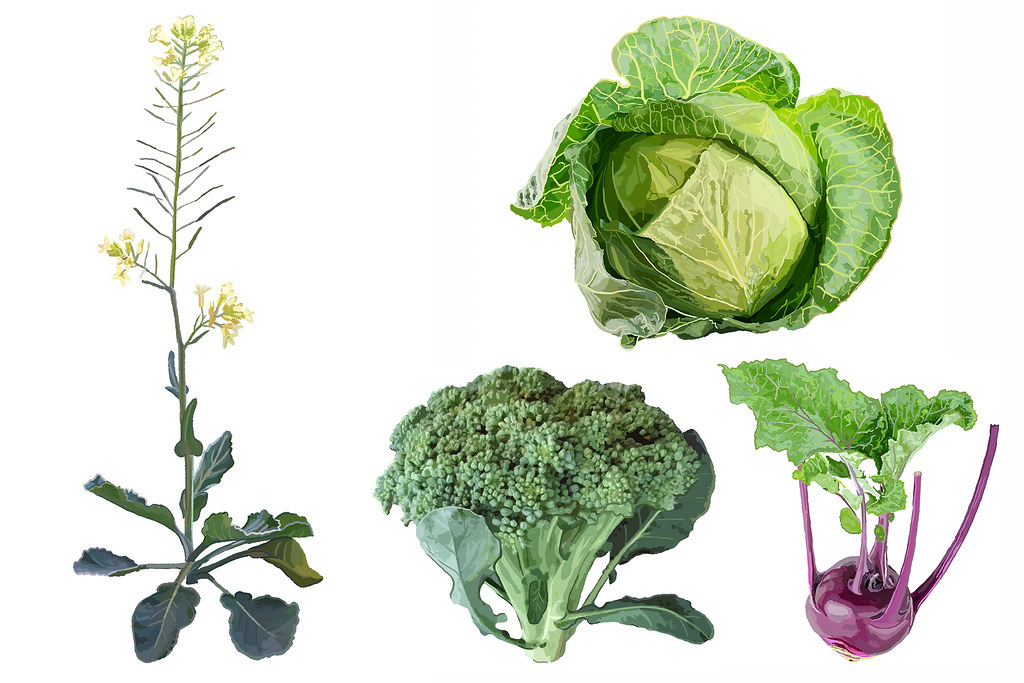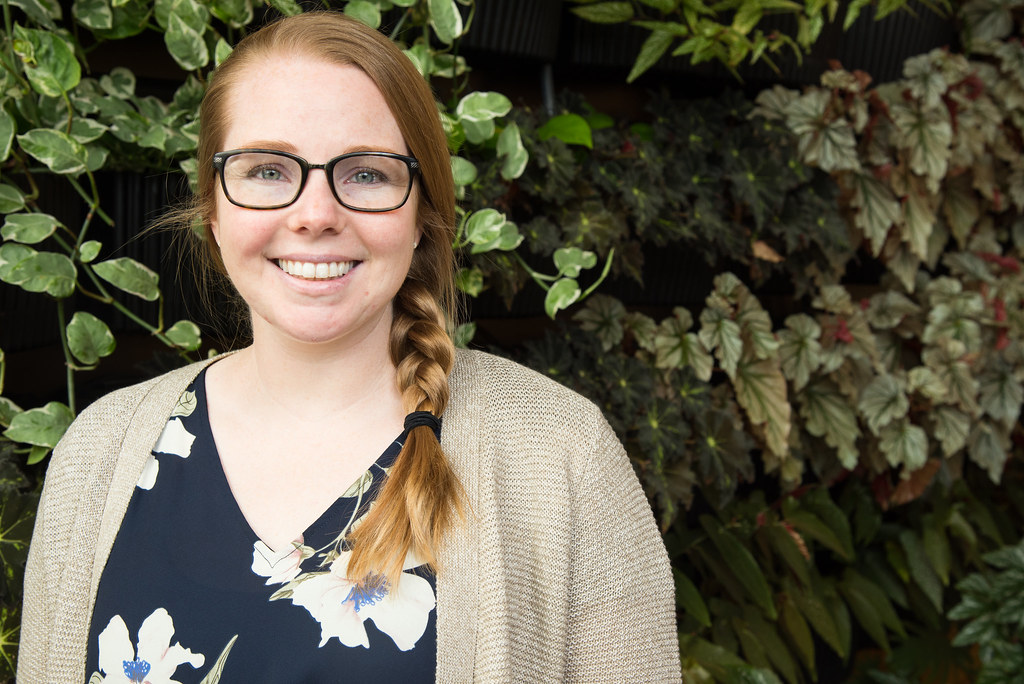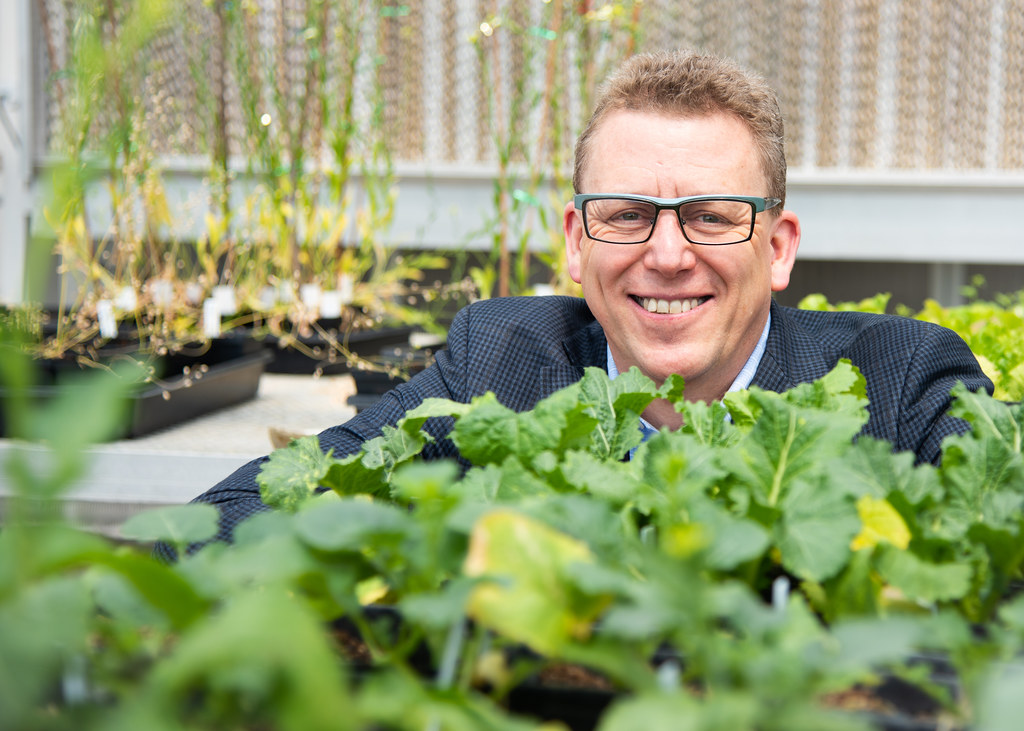News
A feral past may help chart the future for Brassica vegetables

By Roger Meissen | Bond LSC
You might not envision plant scientists as the modern-day Indiana Jones of biology, but University of Missouri researchers have been hot on the hunt for an evolutionary history, looking for clues to the ancestors of our gardens and grocery shelves.
To find the closest wild relative of the wide-ranging plant species Brassica oleracea, Makenzie Mabry and the Chris Pires lab figuratively combed the hills and seashores of Europe, Africa and the Mediterranean to find a long-lost cousin to many of our vegetable staples.
What they found brings together a puzzling past of a species that could provide insight for conservation and breeding efforts for the future of our vegetables.

“These wild relatives — because they are not under cultivation like our crops — have adapted differently and might be better at herbivory defenses or might be more drought tolerant, and knowing where things were domesticated may help identify genes for those traits,” said Mabry, a principal author and recent Mizzou doctoral graduate. “With techniques like CRISPR, we can look at these differences among wild relatives once they’ve been identified using family trees, and then in the future, hopefully, breeders can then move those traits into the plants, which could help our crops dealing with future climate change.”
The Family Bush
The family structure for mustards to cabbages and everything in between is a messy one.

“Charles Darwin really plugged for evolution to be thought of as a tree with branching patterns, but he did say, well, you know, in some cases, maybe it’s really more like a coral or a shrub,” said Pires, principal investigator and co-investigator on this project. “It’s like the branches are all mixed together, and this paper is revealing Brassica as a classic case of this, a very shrubby ancestry. It’s a mess.”
Whether it’s a bush or a coral, the tangle of Brassica oleracea species show a full gambit of diversification.
You have versions of the species that evolved their leaves into staples like cabbage or kale, others where flowers or inflorescences were domesticated into what we eat now as broccoli or cauliflower and even more that put their efforts into underground parts like kohlrabi.
Pires likens this to how modern dogs have diversified into starkly different breeds from Great Dane to chihuahua.
“You got dogs with big heads and ones wagging fluffy tails and others with little-bitty feet, but they are all still the same in that they are all clearly dogs, right?” Pires said. “Just like dogs, Brassica has shown so much plasticity during its domestication, but many still think of each vegetable as distinct branches and that’s obviously not at all what has happened.”
Pinpointing the origin
This path to finding ancestors and relatives of Brassica oleracea requires covering a lot of territory from comparing thousands of genes to scrutinizing ancient texts on cabbage to analyzing trade routes in the Mediterranean Sea.
Recent theories on the origin of Brassica oleracea have ranged from believing there is a single common ancestor to multiple domestication attempts from several ancestors. Despite these hypotheses, it had yet to have been fully confirmed. From England to France to Spain, each region has a certain pride in its favorite varieties of the species. One Greek legend refers to where cabbage sprung from where Zeus’ sweat hit the ground.
The team looked through the literature and archaeological evidence across centuries for these cultural references to gain insight into the origin of the species.
“For some reason, cabbage specifically means a lot to the English, but one of the parts that I think is really cool is that these vegetables have such cultural identities,” Mabry said. “Whether it’s a backyard garden in Portugal or England, there’s a lot of humanity in Brassica oleracea and while understanding that history is complicated, it has such a human component to it that deserves attention.”
The genetics beneath
From a genetic standpoint, Mabry compared 224 different specimens representing 14 crops and nine wild species. After grinding up the leaves in liquid nitrogen and using the Mizzou DNA Core to sequence transcriptomes (the expressed part of genomes), she then analyzed the DNA from samples that were originally collected all over the world, and then looked for overlapping similarities to understand their shared evolutionary history.
“Just like my mom and I share a set of genes, I can look at the genes in common here. Each sample will have little bits of differences due to mutations, but the more closely related they are the more they share those differences,” Mabry said. “We found Brassica cretica is the closest living wild relative, which grows in the landscape of the eastern Mediterranean region east of Italy. But my favorite part might be we also found that B. cretica has a long history of at least being partially domesticated and then returning to the wild.”
These so-called feral species of former vegetables hold a lot of promise.
“For me, I really love the feral plants. These plants had a different evolutionary history through being cultivated then returning to the wild, now on their own their own path doing their own thing,” Mabry said. “I think it’s really exciting because this subset of plants have even more in common with our crops than wild relatives because they have been domesticated at one time with the same subset of genes. This is under-appreciated gene pool that could really be an exciting avenue for future crop improvement.”
Mabry’s next step is to go in person to these regions in Greece, Crete, Italy, and Morocco to search the hills herself for the ancestors of mustard as part of a National Geographic grant project postponed because of Covid-19.
“I was supposed to go to create and collect these plants in March 2020 and then the pandemic happened, so now that is the next step to figure out,” Mabry said. “My goal is to go next summer once vaccination rollouts around the world play out. We’ll get there soon, and I know the plants will be there waiting.”
This research published June 22, 2021, in the journal Molecular Biology and Evolution, titled “The Evolutionary History of Wild, Domesticated, and Feral Brassica Oleracea.”